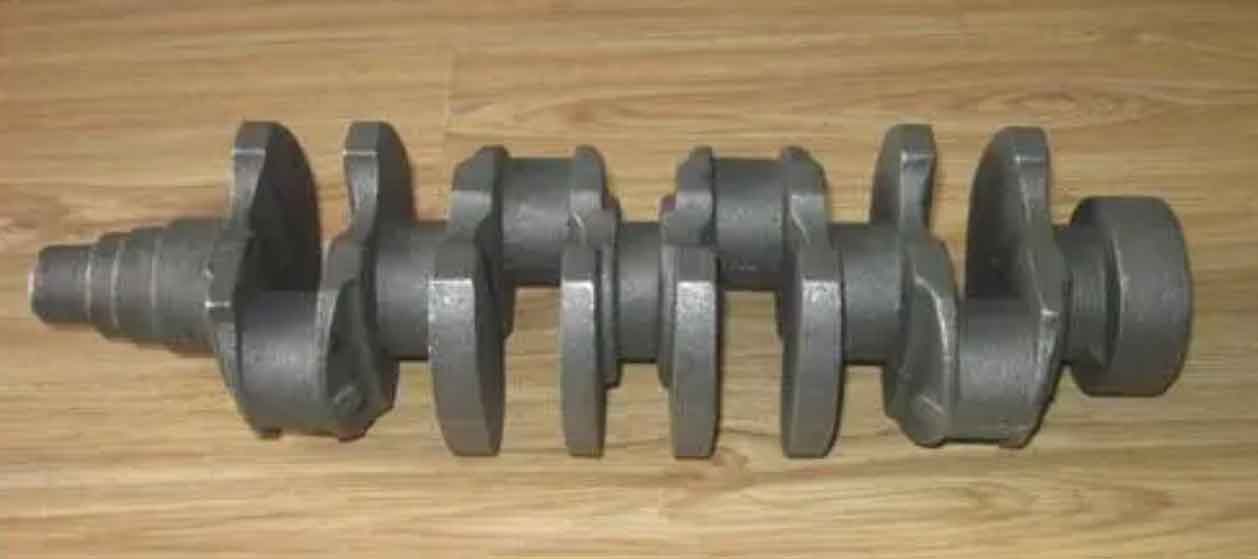At different austenitizing temperatures and isothermal temperatures, the bending fatigue test results of ductile iron specimens at room temperature are somewhat discrete, but the trend of the data can explain the following two points:

(1) Isothermal temperature and fatigue strength
Higher isothermal temperature and less white zone of nodular cast iron are beneficial to the improvement of fatigue strength. As far as the fatigue fracture lines are concerned, the fatigue lines with higher isothermal temperature have smaller spacing than those with lower isothermal temperature, and the former has more dimples around the graphite than the latter, and the ratio of fatigue zone to instantaneous fracture zone is also higher than the latter. It shows that the higher isothermal temperature is, the better plasticity and toughness are, and the slower fatigue crack propagation is.
At low isothermal temperature, the number of white areas (mainly quenched martensite) of nodular cast iron increases. Although the white areas containing quenched martensite have high hardness, they have poor plasticity and toughness, weak effect on weakening stress concentration, and fatigue cracks are easy to initiate. The white areas can become a channel for fatigue crack propagation and accelerate the propagation of fatigue cracks.
(2) Heating temperature and fatigue performance
When the heating temperature is in the range of 870~920 ℃, the fatigue strength of nodular cast iron changes little, but the fatigue bainite spacing of austenitizing at 920 ℃ is larger than that of austenitizing at 890 ℃, which is related to the coarsening of austenite grains and the increase of the number of white areas containing quenched martensite.
